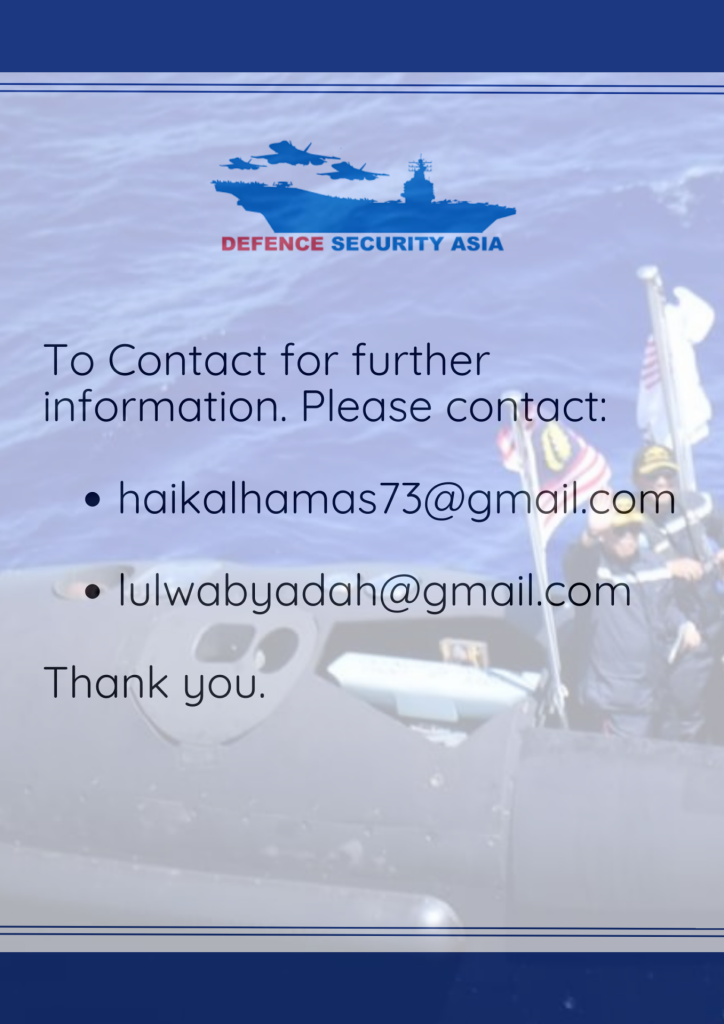Indonesia Eyes Türkiye’s Stealth KAAN Fighter, Casting Doubt Over South Korea’s KF-21 Alliance
“Indonesia wants to participate in the development of the KAAN fifth-generation fighter jet as well as the submarine construction project with the Turkish defence industry,” Indonesian President Prabowo stated, as reported by the Antara news agency.
(DEFENCE SECURITY ASIA) — Indonesia’s public declaration of interest in joining Türkiye’s next-generation KAAN fighter jet program has reignited debate over Jakarta’s ambiguous commitment to South Korea’s KF-21 Boramae initiative, in which it is already a long-standing partner.
During a recent high-level visit to Ankara, Indonesian President Prabowo Subianto signalled Jakarta’s intent to deepen its strategic collaboration with Türkiye by participating not only in the KAAN fifth-generation fighter development but also in the Turkish national submarine project.
“Indonesia wants to participate in the development of the KAAN fifth-generation fighter jet as well as the submarine construction project with the Turkish defence industry,” President Prabowo stated, as reported by the Antara news agency, though he stopped short of offering technical or financial specifics.
Indonesia’s interest in the KAAN program comes despite its current role as a junior partner in the KF-21 Boramae fighter project, an ambitious 4.5-generation combat aircraft program led by South Korea’s Korea Aerospace Industries (KAI), in which Jakarta initially committed to cover 20 percent of development costs.
The estimated total cost of the KF-21 program stands at approximately US$6.67 billion (RM26.7 billion), but Indonesia has reportedly fallen behind in its payments, having only disbursed US$629 million of the US$1.3 billion (RM5.3 billion) it had pledged—citing domestic fiscal limitations as justification.
Unveiled in 2015, the KF-21 is intended to replace aging Republic of Korea Air Force (ROKAF) aircraft such as the F-4 Phantom and F-5, and stands as Seoul’s largest-ever defence industrial undertaking.
Türkiye, meanwhile, initiated its own fifth-generation fighter program—now designated KAAN—in 2016, following Ankara’s controversial expulsion from the U.S.-led F-35 Joint Strike Fighter program due to its procurement of the Russian S-400 air defence system.
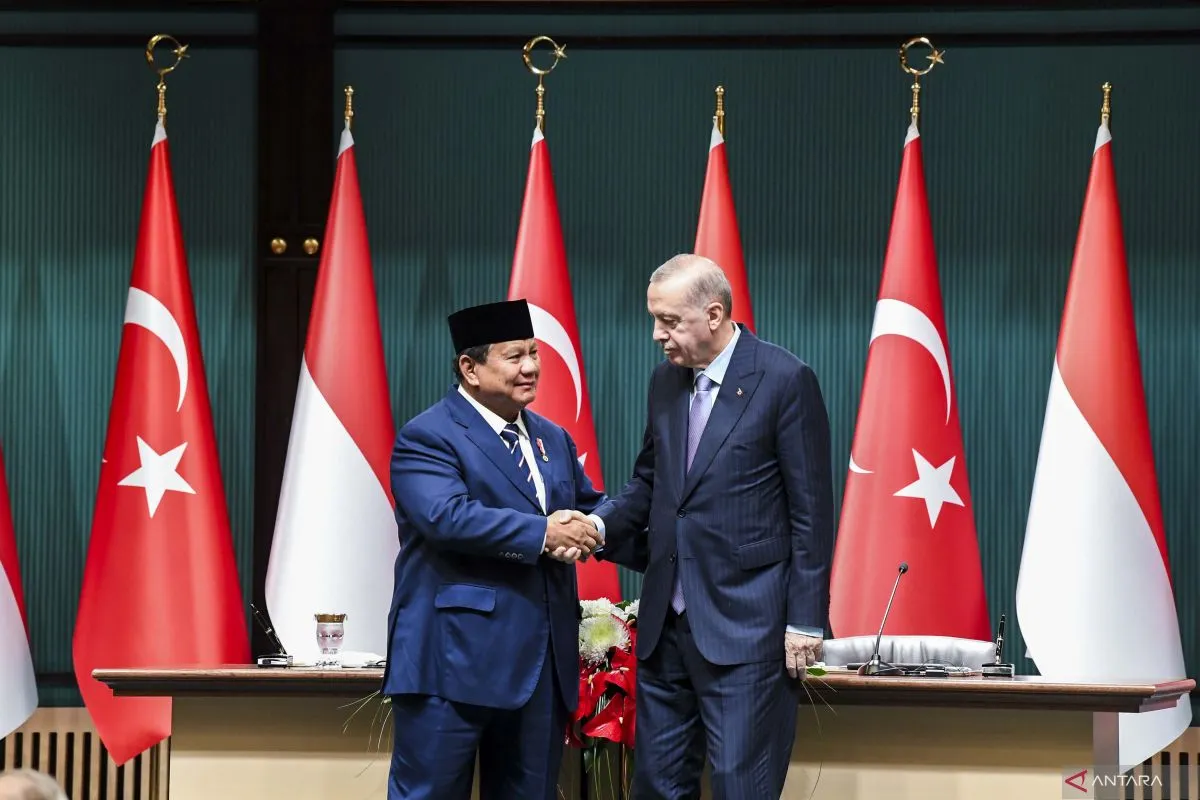
Initially known as TF-X or Milli Muharip Uçak (National Combat Aircraft), the KAAN project is being spearheaded by Turkish Aerospace Industries (TAI) as a symbol of Ankara’s determination to secure strategic defence autonomy amid mounting geopolitical tensions.
Türkiye had been slated to receive up to 100 F-35A aircraft, but its acquisition of the Russian-built S-400 Triumf long-range air defence system led to its removal from the program, prompting Ankara to shift decisively toward domestic fighter development.
The KAAN fighter completed its maiden flight in February 2024, reaching an altitude of 8,000 feet and a cruising speed of 230 knots, marking a major milestone for the Turkish defence-industrial complex.
TAI plans to have the second and third prototypes in the air by late 2025 and early 2026 respectively, as the country ramps up developmental testing.
According to Turkish officials, nearly all subsystems for the KAAN aircraft are being developed indigenously—excluding a handful of components such as the ejection seat, flight control stick, and propulsion unit, which currently rely on foreign suppliers.
TAI projects that by 2029, its production line will be capable of assembling two KAAN fighters per month, generating an estimated annual revenue stream of US$2.4 billion (RM9.6 billion) and placing Türkiye among a rarefied circle of nations with independent fighter jet production capabilities.
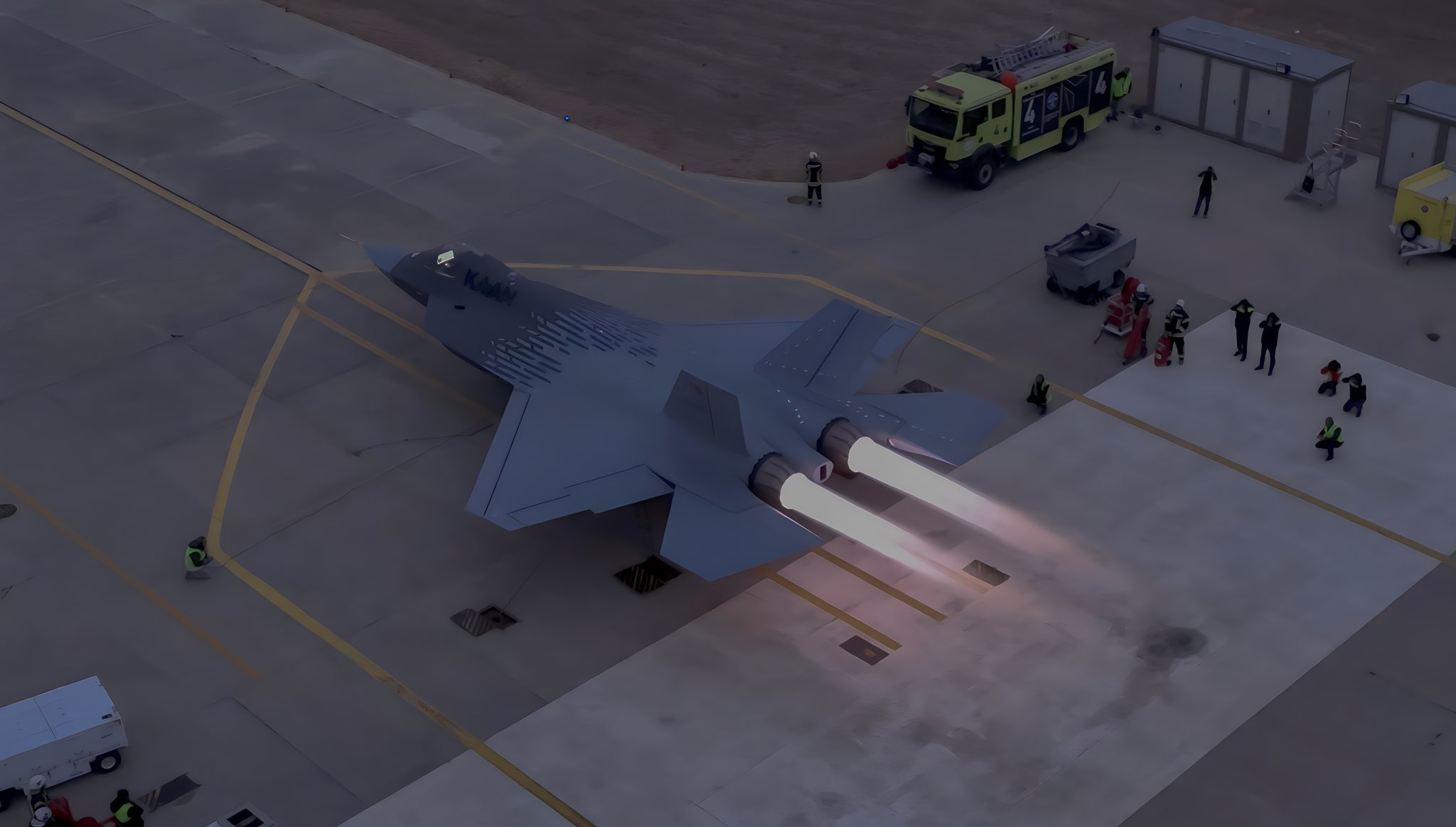
The KAAN is expected to eventually replace more than 200 aging F-16s currently in Turkish Air Force service, aligning with Ankara’s vision of fielding a domestically designed and manufactured air combat fleet by the early 2030s.
Deliveries of the first 20 Block 10 production aircraft are slated for 2028, with full operational capability and broader fleet induction projected to follow shortly thereafter.
By 2032, the Turkish Air Force is anticipated to operate over 100 KAAN fighters, marking a seismic shift in the country’s aerospace self-reliance and regional air power projection.
In May 2024, Türkiye publicly extended an invitation to Malaysia to participate in the KAAN program, as part of its strategic push to export the platform and build industrial linkages with friendly nations seeking next-generation fighter capabilities.
Speaking to Malaysia’s BERNAMA news agency during the Defence Services Asia (DSA) exhibition, President of Türkiye’s Defence Industry Agency (SSB), Professor Haluk Görgün, highlighted the advantages Malaysia would gain from direct access to advanced aerospace technologies and engineering know-how through collaboration.
Görgün underscored that a Malaysia–Türkiye partnership on the KAAN platform could accelerate Kuala Lumpur’s military modernisation while simultaneously nurturing its domestic defence ecosystem.
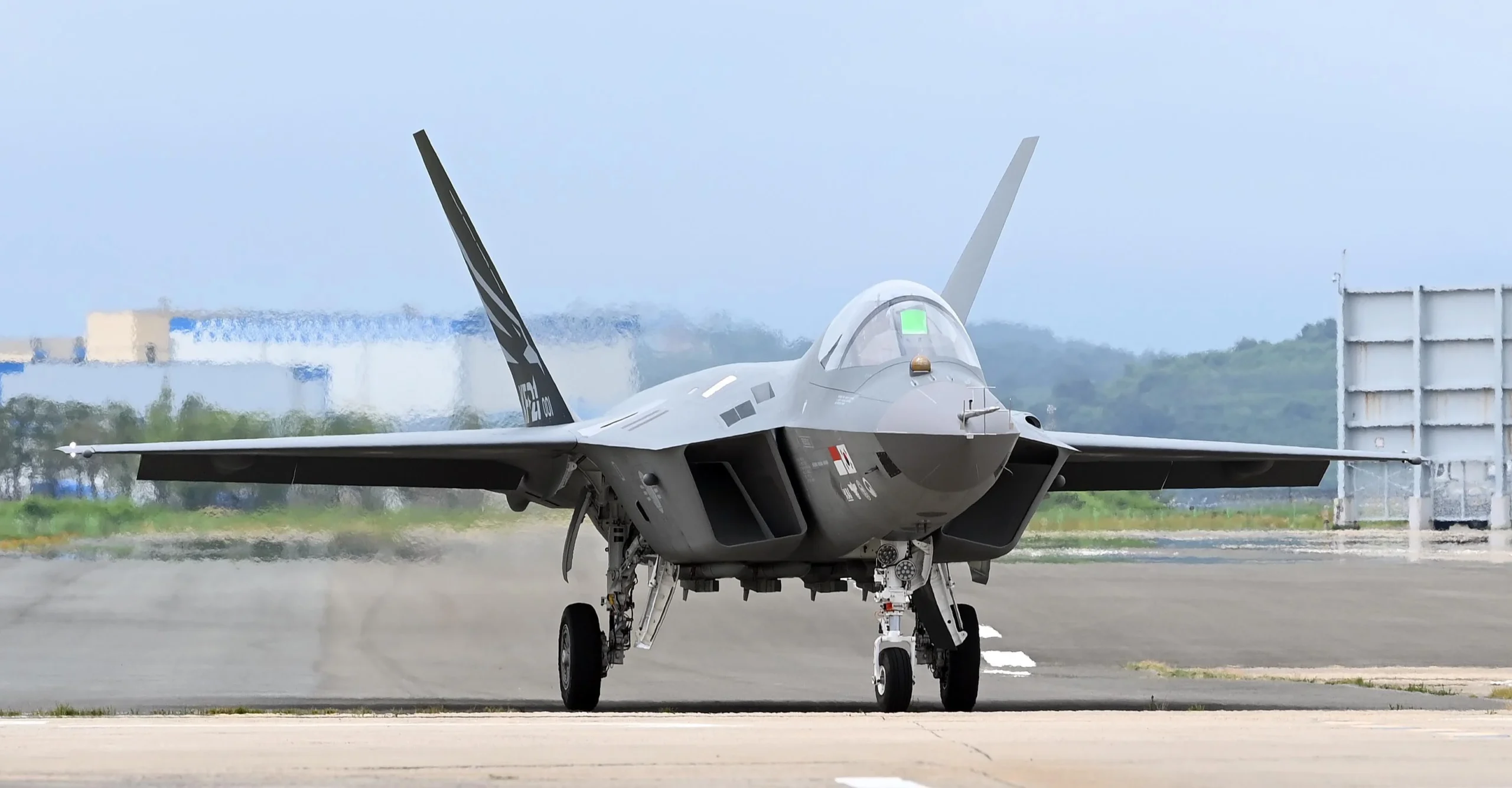
“We are open to working with Malaysia, a friendly and brotherly nation, on developmental projects including the KAAN fighter, as well as sharing our experience with next-generation training aircraft like the HURKUS and light combat jets such as the HURJET,” Görgün stated.
Beyond its aerial ambitions, Türkiye is also making significant strides in undersea warfare with the indigenous “MILDEN” (Milli Denizaltı or National Submarine) project, a program designed to bolster the country’s maritime deterrence and export portfolio.
Construction of six MILDEN-class submarines is scheduled to commence in 2025 at the Gölcük Naval Shipyard, the same facility currently producing six Reis-class submarines based on Germany’s Type-214TN design.
The Gölcük shipyard is one of Türkiye’s most experienced naval construction sites, having previously co-produced 11 German-designed Type-209 submarines, establishing a deep bench of local technical expertise.
While visually similar to the Reis-class, the MILDEN submarines will be significantly larger and more heavily armed, displacing 2,700 tonnes compared to the 1,860-tonne Reis-class boats.

The MILDEN’s increased tonnage is specifically engineered to accommodate a heavier weapons load, most notably the indigenous GEZGIN land-attack cruise missile, which is believed to offer similar capabilities to the U.S. Tomahawk and Russian Kalibr.
With an estimated range of 1,000km, the GEZGIN missile would provide Türkiye with a long-range precision strike capability from beneath the sea—an asset that could reshape the naval balance in the Eastern Mediterranean and beyond.
In addition to cruise missiles, the MILDEN submarines will also be equipped with ATMACA anti-ship missiles, offering standoff engagement ranges beyond 200km, and heavy-weight torpedoes known as AKYA, both of which are produced domestically.
All six MILDEN submarines will feature Air Independent Propulsion (AIP) systems, enabling extended submerged operations and enhancing survivability in contested environments.
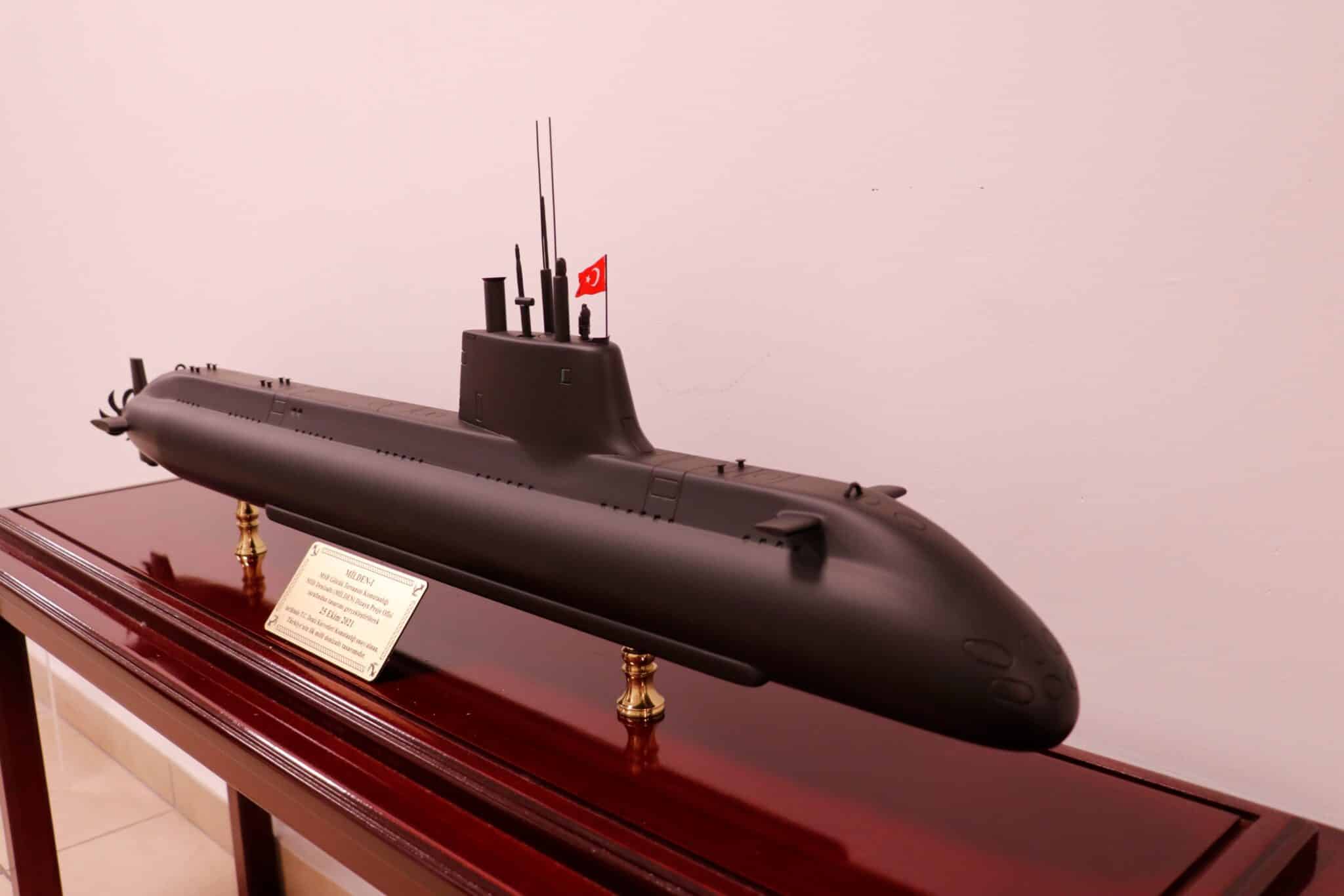
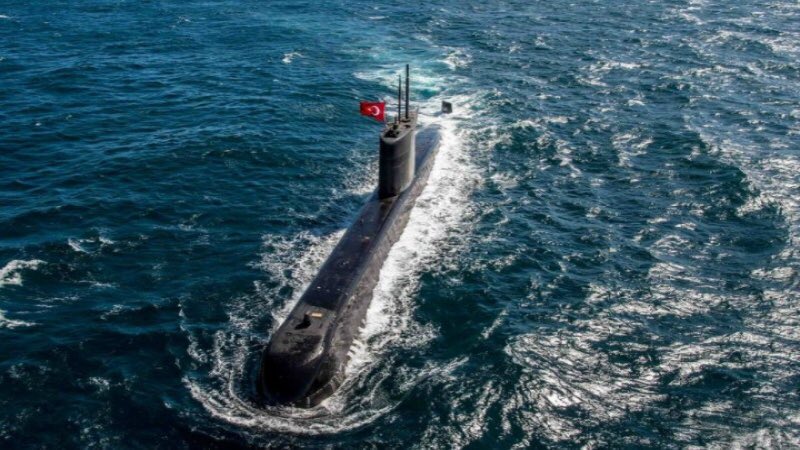
These platforms will also integrate locally developed sonar arrays, combat management systems, and decoy technologies, underscoring Ankara’s strategic ambition to field a fully indigenous and export-ready undersea warfare capability.
As Türkiye expands both its aerial and naval high-end platforms, the KAAN and MILDEN programs symbolize the nation’s emergence as a formidable defence-industrial power with growing influence across Eurasia, the Middle East, and Southeast Asia.
— DEFENCE SECURITY ASIA
